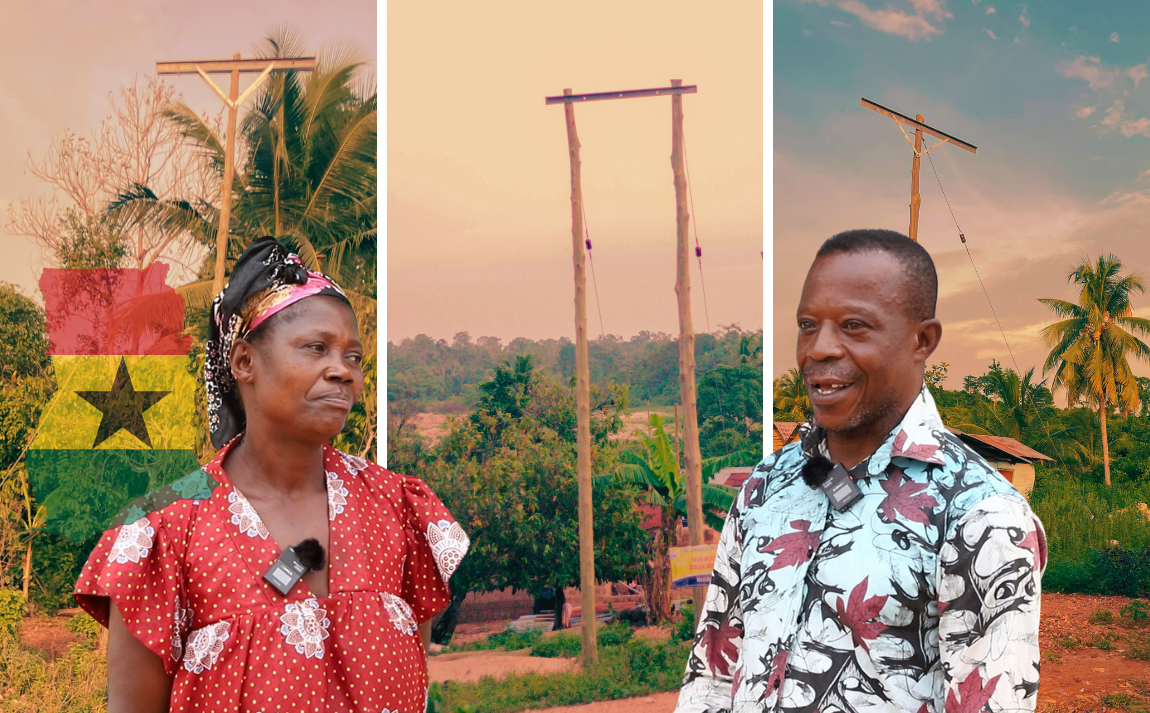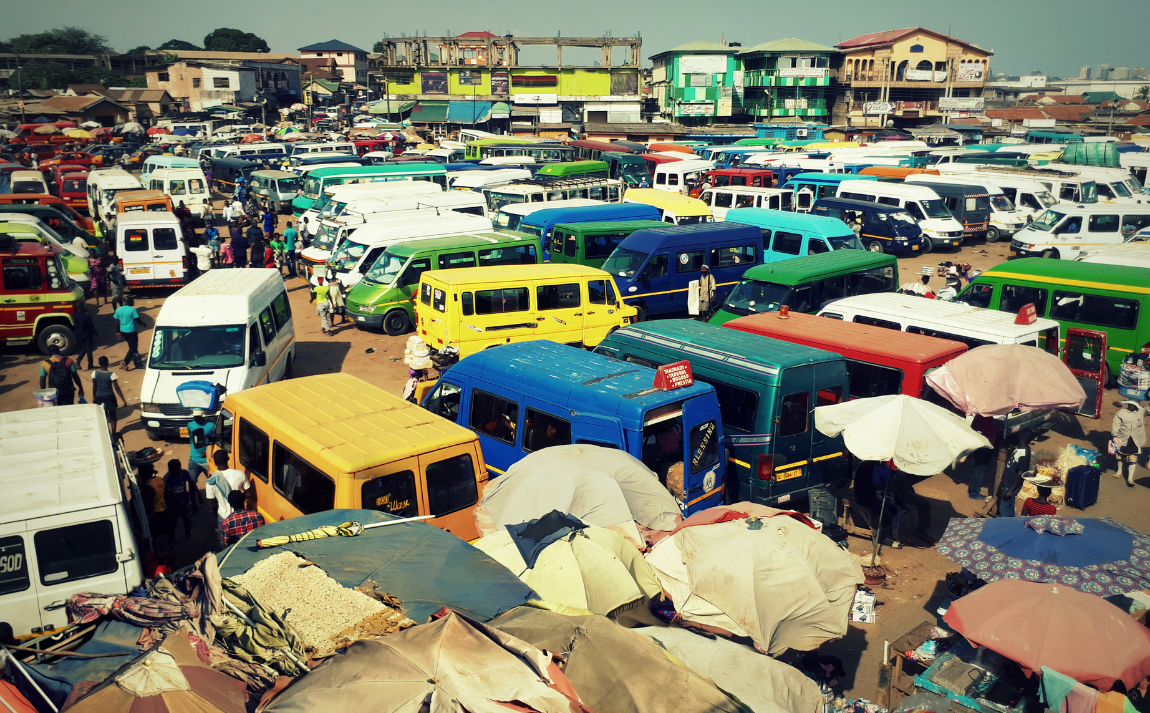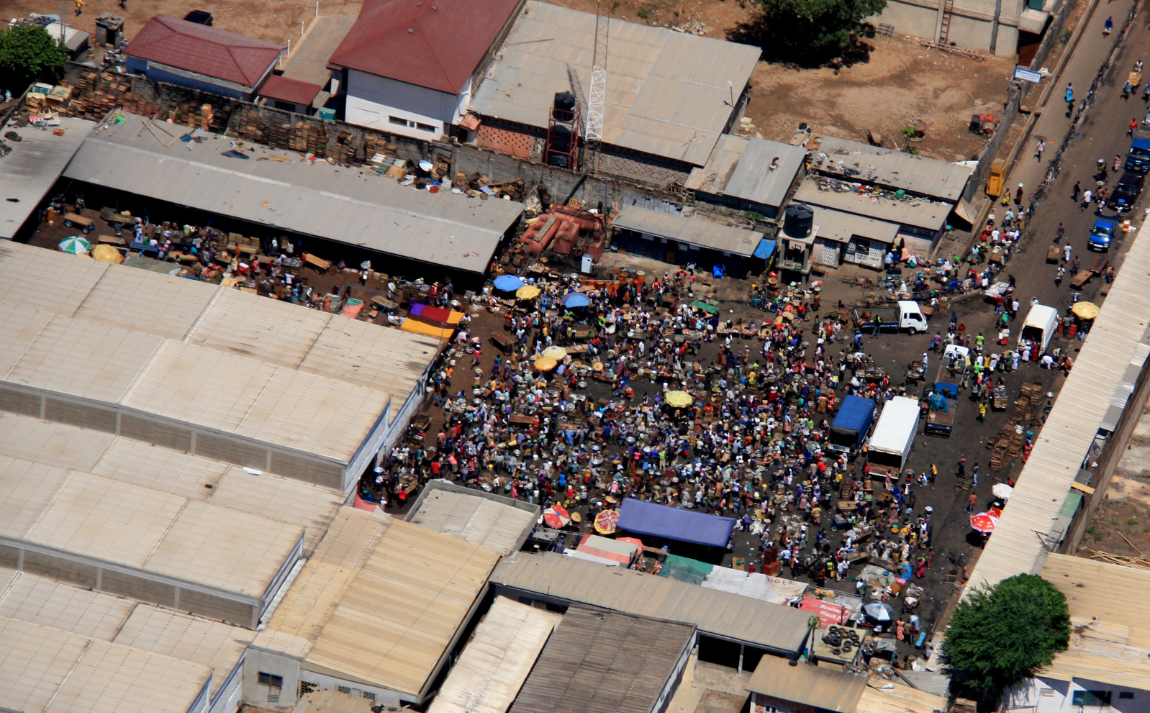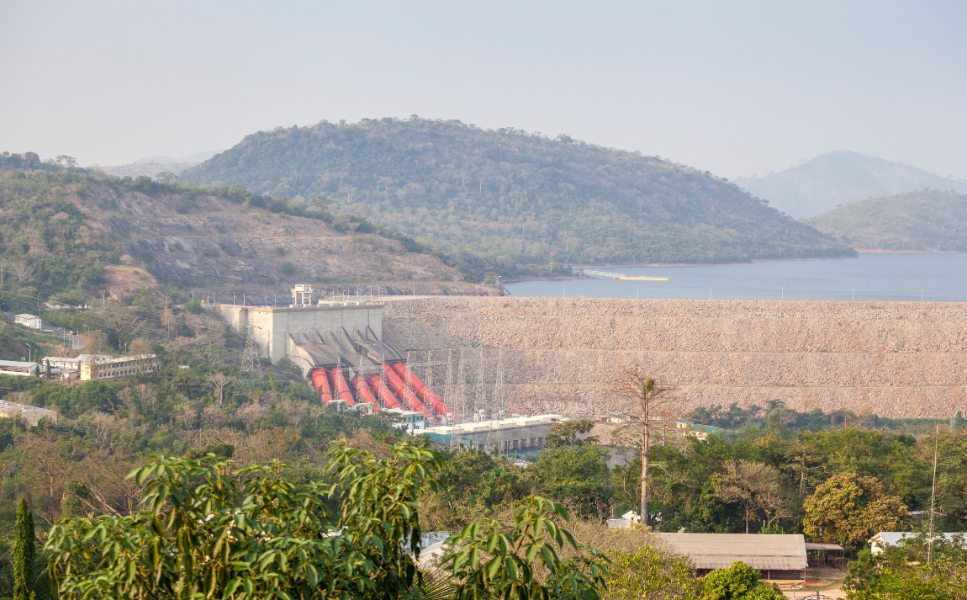- About
-
Projects
- Projects
-
Projects in Africa
- Overview
- Connecting off-grid girls to off-grid energy
- Regional hospital centre electricity project
- Installing photovoltaic systems and creating a MOOC for training
- Improvement of working conditions for women in Senegal
- Connection of the hospital centers of Beni
- Women Solar Academy
- Acteurs
- Solar energy for better health in Ivory Coast
- Rural entrepreneurship around innovative productive uses of electricity
-
Projects in Latin America
- Overview
- Provide solar photovoltaic systems to families living off-the-grid
- Provide accessibility for rural communities to a low-voltage electrical sytem
- Installation of solar panels for the Resilient Medical Centers
- Solar street lights installation in Bongaba
- Luz al Barrio
- Electrical Kits for houses
- Building safe community places
- Multi-regional project
- Partners
- Newsroom
- Contact us
Access to energy
Ghana: Electricity Empowering Rural Communities
Jul 9, 2025
Among West African nations, Ghana boasts one of the highest electrification rates in the region, reaching 89%. However, significant disparities remain due to an unreliable power grid, lower rural coverage, and aging infrastructure. To address these challenges, the Fondation Nexans is collaborating with KITE, an organization focused on energy solutions. Here's a look at promising local initiatives for rural electrification.
In just over three decades, Ghana’s national electricity coverage has surged from 19% to 89%—a remarkable 70-point increase driven by targeted investments. Today, the country relies on a diversified energy mix and hosts the largest hydroelectric project in West Africa.
Hydropower at the core of Ghana’s energy strategy
Hydroelectric development in Ghana began with the construction of the Akosombo Dam in 1965, marking a major leap in energy capacity. However, intermittent droughts over the following decades pushed the country to diversify its energy sources. In the 1990s, thermal plants were introduced to ensure energy supply stability.
As of 2023, hydropower accounted for approximately 40% of Ghana’s electricity production.
An acute resource shortage
According to a BBC report published in 2024, the limitations of Ghana’s hydropower infrastructure have led the country to increase its reliance on natural gas. To maintain supply, Ghana resorted to fuel imports. However, due to financial constraints, the government accumulated significant debt and struggled to procure sufficient fuel to meet domestic demand—resulting in nationwide blackouts.

"Dumsor": When power outages become a way of life
The term “Dumsor”, from the Akan language, translates to "power outage" and has become a daily reality for many Ghanaians. These frequent blackouts have far-reaching social and economic consequences. For example, vendors and small grocers lose perishable goods due to a lack of refrigeration, while healthcare facilities, like in other developing countries such as the Congo or Peru, remain highly vulnerable to power instability.

Fragile electricity management
A 2024 report from France’s Ministry of Economy points to the poor management of public energy infrastructure as a key issue. The national distribution company struggles with obsolete infrastructure and lacks sufficient funding for repairs or upgrades. The same report indicates that up to 30% of imported electricity is lost due to network inefficiencies.
In response, the Ghanaian government—supported by the World Bank—has launched structural reforms aimed at modernizing the grid, reducing reliance on imported fuels, and minimizing energy loss.
Hydroelectricity in Ghana’s total electricity production
imported electricity lost due to network inefficiencies
Rural vs urban disparities in electricity access
While most of Ghana’s urban centers, including the capital Accra, enjoy 95% electrification coverage, rural areas lag behind at just 74%. In some remote villages, electricity is entirely absent. Extending the grid to these areas remains a top priority.


Miawani: a model for rural electrification
In 2023, local NGO KITE, working in energy and environmental development, initiated a project to connect the southern village of Miawani to the national power grid. The village previously had no electricity—an issue that stifled economic activity, as explained by village committee leader Akwasi Afriyie:
"Without electricity, we can't launch projects or develop businesses. We even have to go to neighboring towns to buy food because we can’t store it properly."
With support from the Fondation Nexans, KITE partnered with a local energy contractor to install 40 electric poles and transformers, extending the grid by nearly 2 kilometers. The project spans three years with distinct phases to secure funding:
- 2023: Installation of poles and wiring
- 2024: Activation of conductors and transformers to power part of the village
- 2025: Full village coverage expected by year-end
This initiative will bring electricity to over 100 families—enhancing safety and unlocking economic potential.
By 2030, Ghana aims to provide electricity access to 100% of its population.

.png/jcr:content/Akosombo%20Dam%20(2).png)